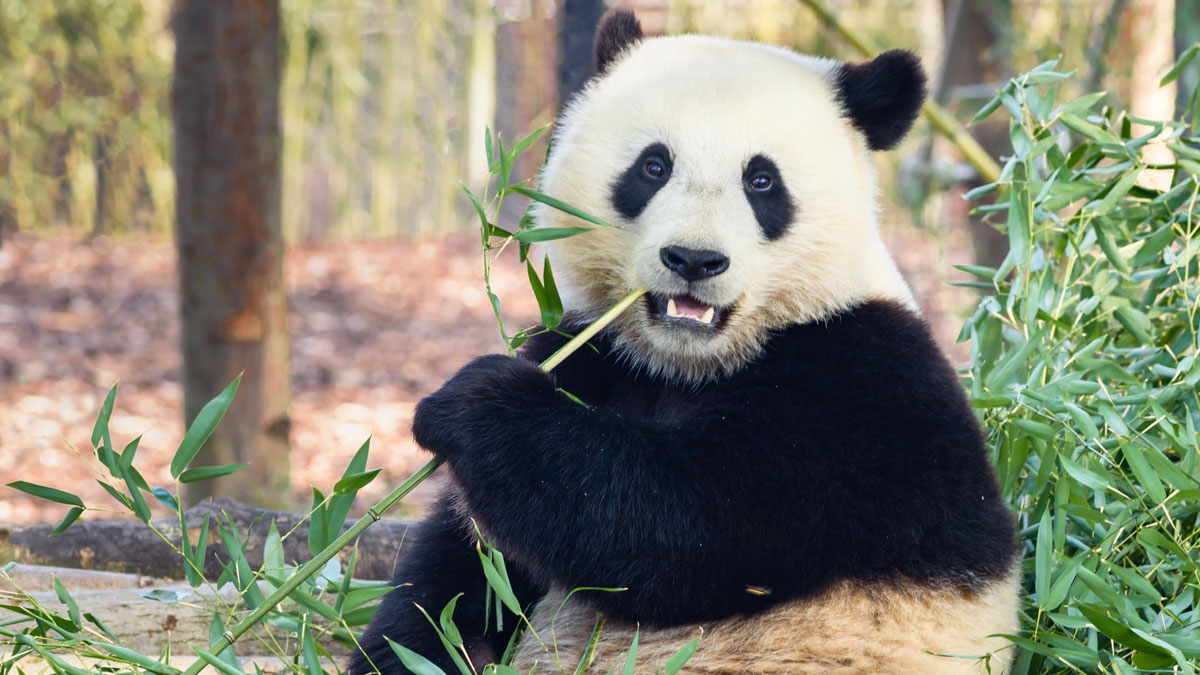Teaching Through Trade Books
The Sun's Energy
Energy is one of the crosscutting concepts that bridges different disciplines in the Next Generation Science Standards (NGSS Lead States 2013). In the activities presented this month, younger students examine how energy is produced by the Sun and reaches the Earth as sunlight, which warms the Earth’s surface. Students also explore how materials of different colors absorb or reflect sunlight at different rates. Through simple investigations, students determine that different materials can be used to protect themselves from the Sun’s energy. Older students examine how the energy from the Sun is the basis for all of the life on Earth and how it progresses through food chains and food webs. They develop food chains and food webs to show how all begins with plants, which get their energy from the Sun.
This Month’s Trade Books
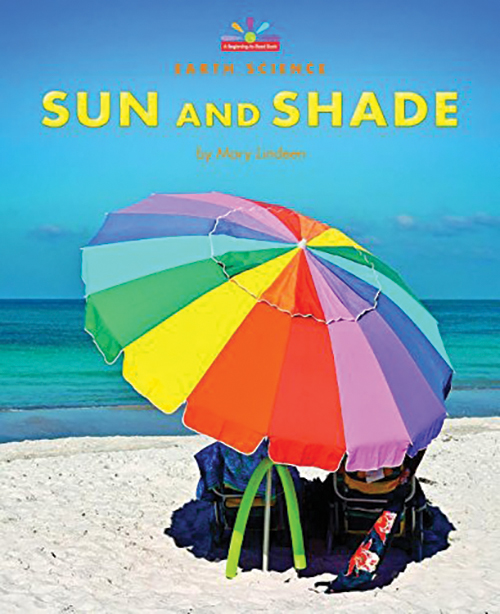
By Mary Lindeen
ISBN: 978-1-68404-091-9
Norwood House Press
32 pages
Grades K–2
Synopsis
Through very basic language, this book engages emerging readers in ideas related to the Sun and shade. Using photos, the book also shows how the Sun helps certain processes, as well as things that can create shade.
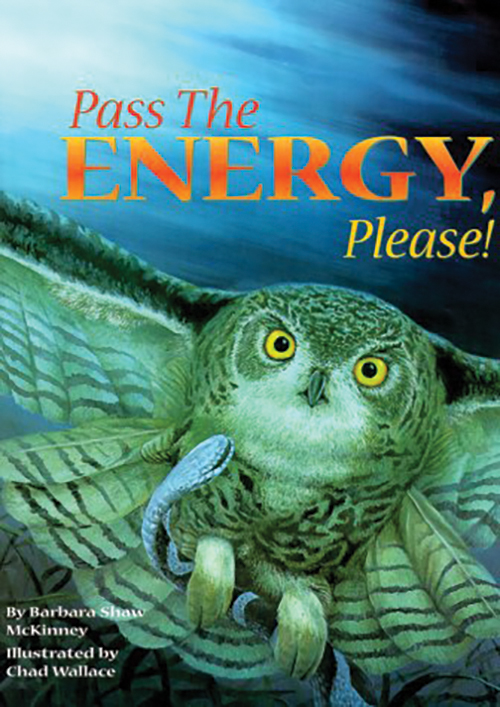
By Barbara Shaw McKinney
Illustrated by Chad Wallace
ISBN: 978-0-06-445177-2
HarperCollins
32 pages
Grades 1–4
Synopsis
This book focuses on food chains and how energy is passed from one animal or plant to the next along the way. The text uses rhyme and incorporates herbivores, carnivores, insects, and plants into the food chain, increasing the steps of the food chain throughout the book.
Grades K–2: Sunny Days
Purpose
To discuss the ideas of Sun and shade, identify whether black or white objects absorb or reflect the Sun’s energy, and use that information to build a structure that reduces the warming effect of sunlight on the area.
- Sun and Shade
- umbrella
- What Happens to the Ice Cube data sheet (see NSTA Connection)
- My Island Visit sheet (see NSTA Connection)
- black and white construction paper
- clear plastic cups or sealable bags
- ice cubes
- photos of various shelters
- building materials (construction paper, craft sticks, skewers, tape)
Engage
Begin by showing students an umbrella and ask them when they would use an umbrella. Although the common answer is “when it is raining,” continue to prompt students for other times and, if necessary, show them either a picture of a beach umbrella or the cover of the book to help them generate additional answers. Once students understand that an umbrella is often used at the beach or at home on a patio, ask them to consider why they would use an umbrella at the beach.
Read Sun and Shade to students. After reading it through once, ask students to discuss the following questions. Refer back to the story if necessary.
- How does the Sun help plants, animals, and people stay alive?
- Can you describe a time where you were outside in the Sun and it felt too hot or it was too bright out?
- Looking at the picture of the girl on page 14, why do you think she is sitting under an umbrella? If you were sitting in the shade, what are you doing to the sunlight?
- What are other objects that help create shade that can protect plants, animals, and people?
- Compare the temperature you think you would feel in the Sun and the shade. Which do you think would be warmer? Cooler?
Explore
In this activity, students examine how sunlight warms the Earth’s surface, explore how colors absorb or reflect light, and determine how that impacts the temperature of an object or place. Begin this exploration by providing students with a sheet of black construction paper and a sheet of white construction paper. Ask them to consider the color of clothing a person would wear in the summer in warm locations and in the winter when it is cooler. Although there are other variables to consider when dressing for different temperatures, such as fiber, texture, and weight associated with clothing types, the goal here is to help students focus on the color of the clothing. Ask students, “If you only had T-shirts that were black or white, which would they prefer to wear to a warm location?” Allow students time to consider this question and then discuss their reasoning. Most students, without realizing it, will associate the color white with staying cooler or being cooler (think snow, ice, etc.).
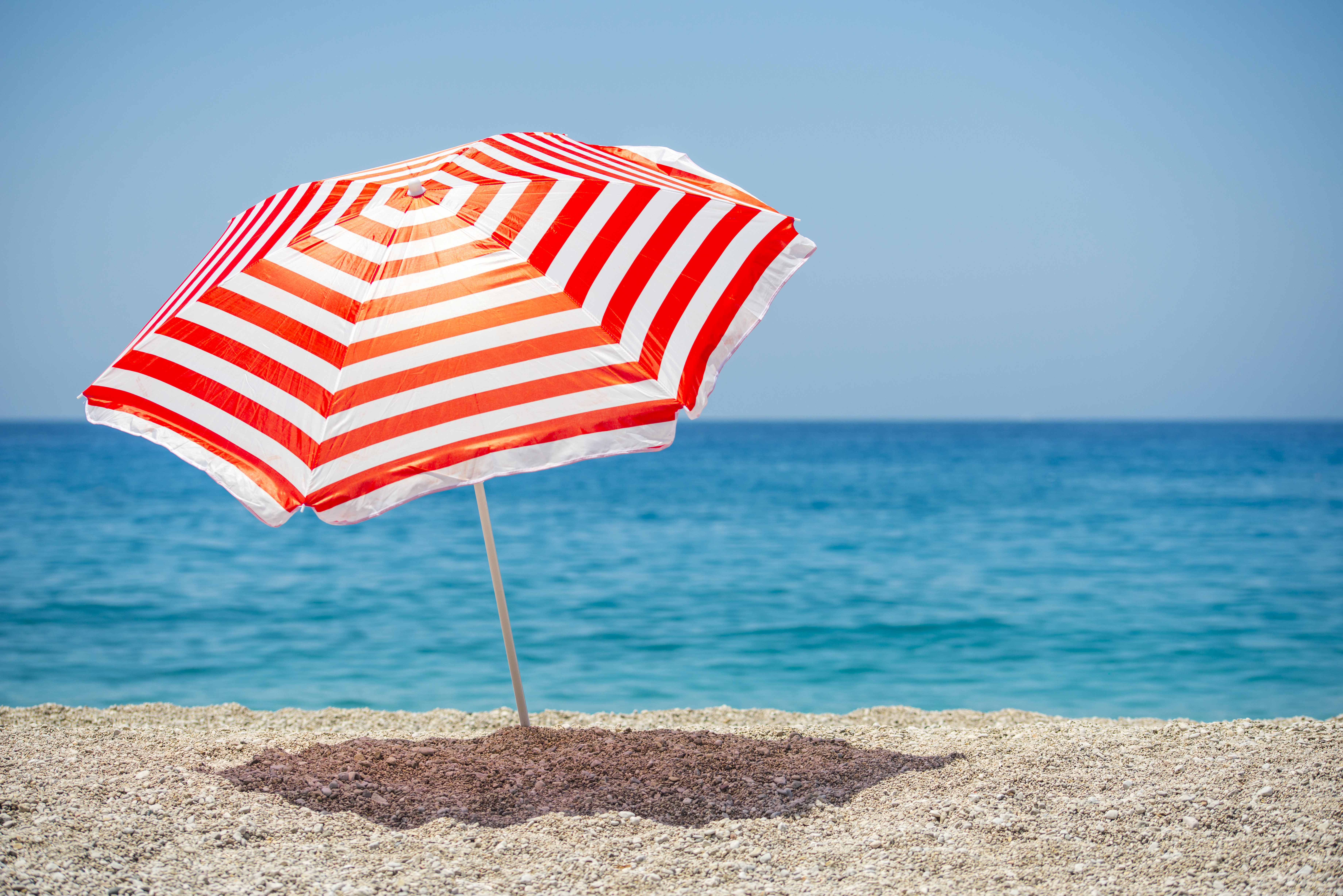
Next, ask students to place a small, clear plastic cup or sealable bag with an ice cube in it on each sheet of paper, and place the sheets of paper in a sunny area such as on a windowsill or, if possible, outside on the playground. Then, repeat the activity, but this time, place the ice cube under each sheet of paper. Throughout both of these trials, students should first make a prediction and then record their observations on the What Happens to the Ice Cube student data sheet (see NSTA Connection).
Explain
Bring the class back together to discuss the findings. Questions to prompt the discussion include:
- In the first investigation, where the ice cubes were on top of the sheets of paper, what did you observe? How many of you noticed that the ice cube on the black paper melted first? Did any of you notice the ice cube on the white paper melting first? (As some students may have made observations that the ice cube on the white paper melted first, it is important to discuss potential reasons or other variables. Students can speculate what may have caused that change, such as the ice cubes being different sizes or the sheets of paper receiving different amounts of sunlight.)
- In the second investigation, where the ice cubes were under the sheets of paper, which ice cube melted first? Was there a difference in how quickly each ice cube melted? (The ice cube under the black sheet of paper will melt quicker than the one under the white paper, but this will take longer than the ones in direct sunlight from the first investigation.)
- How is the first investigation similar to when you are at the beach and in the sunlight? Although the ice cube melts and you won’t, what might happen if you stay in the Sun too long? How is the second investigation similar to using an umbrella for shade? What happens to the energy or heat we get from the Sun when we use an umbrella for shade?
- When sunlight hits the umbrella or a light-colored surface, it bounces back or is reflected off of the surface. Can you draw what you think this looks like on the student data sheet? Dark colors help absorb or soak up sunlight and make an object feel warmer. Can you draw what you think this looks like on the student data sheet?
Using the photos of various types of outdoor shelters, ask students to describe how each shelter helps reflect sunlight and keep the inside of the shelter cooler.
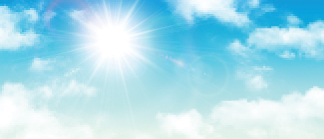
Elaborate
Students are now asked to demonstrate their understanding that dark colors absorb sunlight and light colors reflect sunlight, as well as the fact that certain types of shelter will help keep an area cooler. Provide groups of students with building materials including different-colored construction paper, craft sticks, or skewers and tape, and the My Island Visit sheet (see NSTA Connection). (Safety note: Remind students to handle skewers carefully, as they have sharp ends. When using skewers, students should wear safety glasses.) Pose the following challenge to them:
You want to go to an island for a vacation, and the island gets a lot of Sun during the day. You do not want to get sunburned and want to stay cool, so you need to build a shelter (you do not have any sunscreen). The first task is to explain to your parents what color of clothing you should wear for your island visit. The second task is to build a shelter once you get there using the materials provided, which will help reduce the warming effect of sunlight on the area and help you stay cooler.
Allow students time to consider their first task and record their answers on the My Island Visit student sheet. Ask them to sketch or draw the color shirt they would wear and write why they chose that color. For the second activity, ask students to first sketch their shelter design and label the parts before building it. Then, ask them to build their shelter using the materials provided. Have each group describe its shelter to the teacher and explain why it will keep students cooler than being in direct sunlight.
Once all shelters are constructed, test them outside on the playground by placing an ice cube in a plastic cup or sealable bag and placing it under the shelter, and place another ice cube in the same type of container next to the shelter. It is important for the teacher to make sure that both ice cubes are on the same type of surface (i.e., both on blacktop or both on grass) and that neither is already in a shady area. Ask students to make observations about what happens to the ice cubes and record them on the sheet.
Evaluate
Through their answers, students show their initial understanding of how the Sun produces energy and how we can protect ourselves from the Sun. Students then draw conclusions about how the color of an object (either black or white) absorbs or reflects the Sun’s energy. Finally, students are asked to apply their understanding of Sun versus shade and the color of objects and their impact on temperature in direct sunlight by determining what they should wear to an island and what type of structure they would build as a shelter.
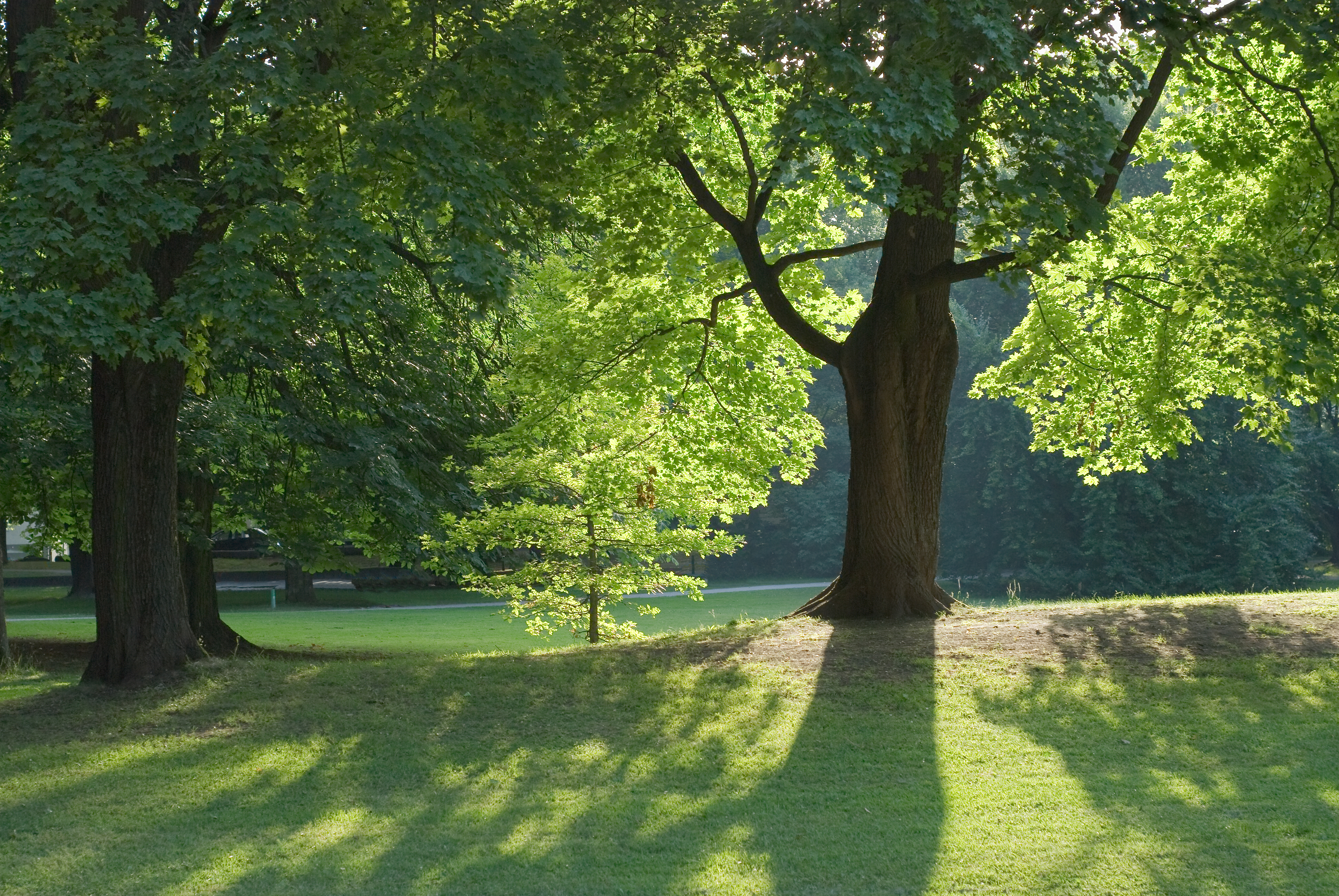
Grades 3–5: Energy Flows
Purpose
To explain how energy from the Sun is transferred from one plant or animal to the next in a food chain or web.
- Pass the Energy Please!
- Fabulous Food Chain Video (see Internet Resources)
- Pass the Energy, Please student data sheet (see NSTA Connection)
- crayons, markers, or colored pencils
- paper strips
- tape or stapler
- online games: Build a Food Chain or Fun With Food Webs (see Internet Resources)
Engage
Show students the Fabulous Food Chain video (see Internet Resources) and ask them to focus on the idea that there are food chains and food webs, as well as how energy from the Sun is at the beginning of the chain. Stop at the following points in the video for discussion:
- 0:24: Where does any living thing get its energy from?
- 0:53: Where are humans in the food chain?
- 1:36: What is a food chain? An ecosystem? What does a food chain do within an ecosystem?
- 2:40: What is the example food chain given in the video? Which animal was at the top of this food chain?
Explore
In the video, the definition of a food chain is a model that shows how energy flows between living things in an ecosystem. Ask students to break into groups and read the book (or read the book aloud to the class). Explain that with each page spread, a food chain or link in a food chain is discussed. Ask students to use their Pass the Energy, Please! student data sheet (see NSTA Connection) to explore the different links in a food chain and determine how many links are shown for each page spread. For example, pages 4 and 5 show that there is a single link (at the top of the page), which is a green plant. Students would then explain by illustrating the food chain and/or describing it in words that the plant obtains its energy from the Sun and makes its own food.
It is important that students read the words and not simply look at the pictures. The key to the food chains are:
- pp. 6–7: One link; seaweed is a plant and gets its energy from the Sun.
- pp. 8–9: Two links; large herbivores (e.g., gorillas, buffalo, pandas) get their energy by eating large amounts of plants, which get their energy from the Sun.
- pp. 10–11: Three links; cheetahs eat gazelles, which eat grass, which gets its energy from the Sun.
- pp. 12–15: Four links; owls eat snakes, which eat mice, which eat milkweed seeds.
- pp. 16–19: Five links; polar bears eat seals, which eat fish (anchovies), which eat zooplankton, which eat phytoplankton. It may be necessary to discuss what zooplankton and phytoplankton are ahead of time.
- pp. 20–23: Six links; a red fox eats a weasel, which eats a bird (warbler), which eats spiders, which ate a caterpillar, which ate goldenrod plants.
When students arrive at pages 24–26, ask them to consider why the links in the upper corner of the page appear broken and what is happening on that page. In this case there isn’t a chain, but rather a variety of decomposers helping break down a dead animal and obtain the energy they need from it. The decomposers are a vulture, beetle, maggot, moth, ant, bacteria, fungus, and earthworm.
Explain
Bring students back together and ask them to explain what links they found in each chain and determine whether there is agreement as to how energy moves from one living thing to the next. Ask them to create links out of paper strips to represent animals and how the links of the food chain are connected. Use the chains as a model to show individual food chains.
Next, ask students to use a hawk as the top consumer (top of the food chain) and to create as many potential food chains as possible showing the hawk at the top. Ask students: “Are there places that these individual food chains could be connected together? How does this food web demonstrate what an ecosystem is?”
Elaborate
Engage students in the online game Build a Food Chain or Fun With Food Webs (see Internet Resources), so they can demonstrate their understanding. After they have created their food webs or food chains, ask them to turn their student sheet over and write a short narrative about what a food web and food chain are.
Evaluate
Students are first asked to connect their understanding about food chains and ecosystems before they construct food chains from information provided in the story. Finally, through the online game and written narrative, they demonstrate their ability to construct a food chain/food web on their own and explain the steps within it.
Earth & Space Science Elementary



